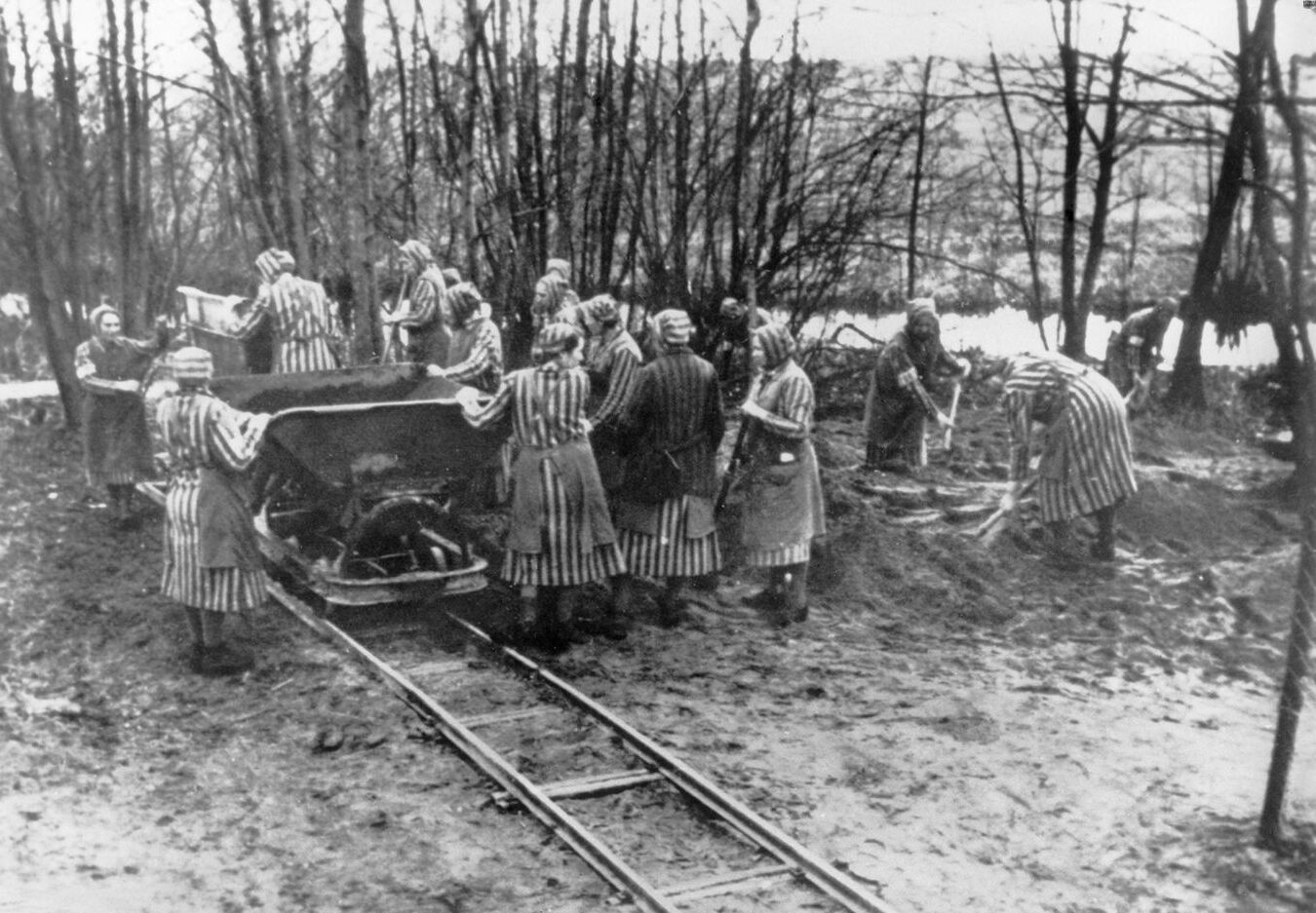
Ravensbrück was a notorious concentration camp during World War II, specifically designed for women. Located in northern Germany, it held over 130,000 female prisoners from 1939 to 1945. Why should you care about Ravensbrück? Because understanding its history helps us remember the resilience and suffering of those who endured unimaginable hardships. This camp wasn't just a place of imprisonment; it was a site of forced labor, medical experiments, and immense cruelty. Learning about Ravensbrück sheds light on the darker aspects of human history, reminding us to strive for a more just and compassionate world. Let's delve into 35 compelling facts about Ravensbrück that highlight its significance and the stories of those who lived through it.
Key Takeaways:
- Ravensbrück was a concentration camp primarily for women, with harsh living conditions and brutal treatment by the SS and guards. Its legacy serves as a crucial reminder of the atrocities of the Holocaust.
- The camp's history is taught in schools worldwide, and memorials and museums honor the victims. Annual commemorations and survivor stories ensure that the lessons learned from Ravensbrück continue to promote human rights and prevent future genocides.
Ravensbrück: A Brief Overview
Ravensbrück was a notorious concentration camp during World War II. It was unique in many ways, especially because it was primarily for women. Here are some compelling facts about this grim chapter in history.
-
Ravensbrück was established in 1939 by the SS, near the village of Ravensbrück in northern Germany.
-
The camp was designed to hold about 6,000 prisoners, but by 1945, it housed over 45,000.
-
Unlike other camps, Ravensbrück was specifically for women, although a small men's camp was added later.
-
Prisoners came from over 30 different countries, including Poland, France, and the Soviet Union.
-
Many women were political prisoners, but others were there for being Jewish, Romani, or simply "undesirable."
Daily Life in Ravensbrück
Life in Ravensbrück was harsh and brutal. The daily routine was grueling, and survival was a constant struggle.
-
Prisoners were forced to work long hours in factories, often making military equipment.
-
Food rations were minimal, leading to widespread malnutrition and starvation.
-
Medical experiments were conducted on many prisoners, often without anesthesia.
-
Sanitary conditions were deplorable, contributing to the spread of diseases like typhus.
-
Punishments for minor infractions were severe, including beatings and solitary confinement.
The Role of the SS and Guards
The SS and guards played a significant role in the operation and brutality of Ravensbrück.
-
The camp was overseen by Heinrich Himmler, one of the most powerful men in Nazi Germany.
-
Female guards, known as Aufseherinnen, were notorious for their cruelty.
-
Many of these female guards were recruited from ordinary jobs like secretaries and factory workers.
-
The SS used Ravensbrück as a training ground for female guards who would later work in other camps.
-
Some guards were tried and convicted for war crimes after the war, but many escaped justice.
Liberation and Aftermath
The liberation of Ravensbrück marked the end of its horrors, but the aftermath was equally significant.
-
The camp was liberated by the Soviet Army in April 1945.
-
Many prisoners were too weak to move and required immediate medical attention.
-
Survivors faced long-term physical and psychological trauma.
-
The camp's records were used as evidence in the Nuremberg Trials.
-
Today, Ravensbrück is a memorial site, honoring the victims and educating future generations.
Notable Prisoners
Ravensbrück held many notable prisoners, each with their own harrowing stories.
-
Corrie ten Boom, a Dutch Christian who helped Jews escape the Nazis, was imprisoned here.
-
French resistance fighter Geneviève de Gaulle-Anthonioz, niece of Charles de Gaulle, was also a prisoner.
-
Polish social worker and resistance member Wanda Półtawska survived medical experiments at the camp.
-
Ravensbrück housed many members of the French Resistance, who continued to fight even from within the camp.
-
Some prisoners managed to keep diaries, providing invaluable firsthand accounts of life in Ravensbrück.
The Legacy of Ravensbrück
The legacy of Ravensbrück continues to be felt today, serving as a stark reminder of the atrocities committed.
-
The camp's history is taught in schools around the world to educate about the Holocaust.
-
Memorials and museums have been established to honor the victims.
-
Survivor testimonies have been recorded and preserved for future generations.
-
Ravensbrück has been the subject of numerous books, documentaries, and films.
-
The camp's history is a crucial part of understanding the broader context of World War II and the Holocaust.
The Importance of Remembering Ravensbrück
Remembering Ravensbrück is essential for ensuring that such atrocities are never repeated.
-
Annual commemorations are held at the site to honor the victims.
-
Educational programs and tours are available to teach visitors about the camp's history.
-
Scholars continue to research and publish new findings about Ravensbrück.
-
Survivor stories are shared widely to keep their memories alive.
-
The lessons learned from Ravensbrück are vital for promoting human rights and preventing future genocides.
Final Reflections on Ravensbruck
Ravensbruck holds a significant place in history. This concentration camp, primarily for women, saw immense suffering and resilience. Over 130,000 women from various countries were imprisoned there, enduring harsh conditions and forced labor. Despite the brutality, many prisoners showed incredible strength, forming bonds and supporting each other.
The camp's liberation in April 1945 by Soviet forces marked the end of a dark chapter. However, the stories of those who survived and those who perished continue to remind us of the atrocities committed. Remembering Ravensbruck is crucial for honoring the victims and learning from the past.
Understanding these facts helps us appreciate the resilience of the human spirit and the importance of standing against oppression. Ravensbruck's history serves as a powerful reminder of the need for compassion, justice, and vigilance in protecting human rights.
Frequently Asked Questions
Was this page helpful?
Our commitment to delivering trustworthy and engaging content is at the heart of what we do. Each fact on our site is contributed by real users like you, bringing a wealth of diverse insights and information. To ensure the highest standards of accuracy and reliability, our dedicated editors meticulously review each submission. This process guarantees that the facts we share are not only fascinating but also credible. Trust in our commitment to quality and authenticity as you explore and learn with us.


